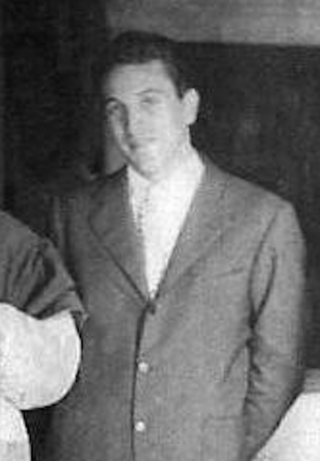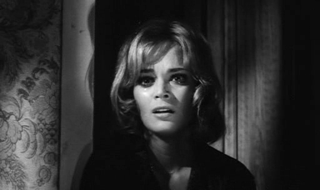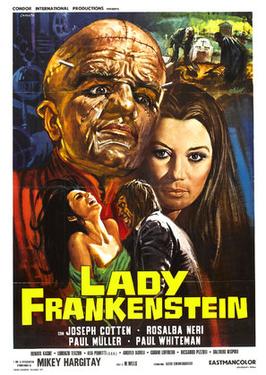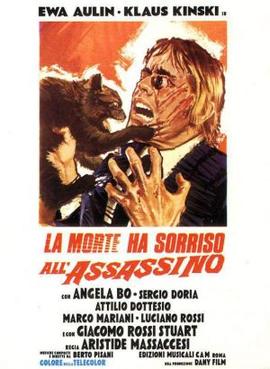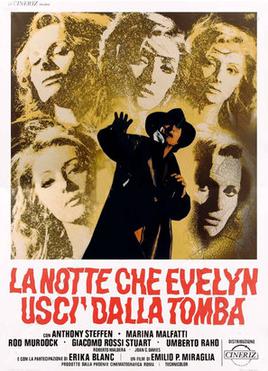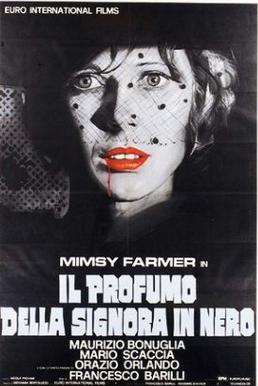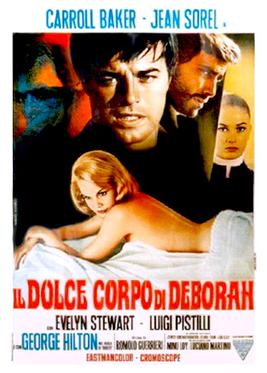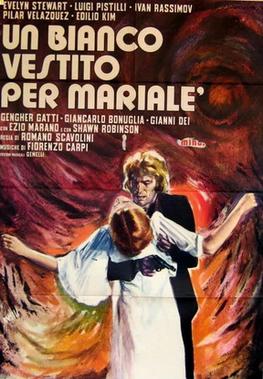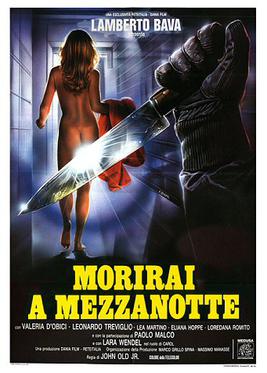Plot
In Scotland, a man is murdered with a razor. The killer then drags the body into a dungeon and is followed by a ginger cat. A carriage later drives up to Dragonstone Castle, a castle in the highlands of Scotland. The passenger, Corringa, used to spend her summers with her mother there. A gorilla watches the carriage from an upper window in the castle.
At the castle, Corringa reunites with her mother, Lady Alicia, and her aunt, the penniless owner of the castle, Lady Mary MacGrieff. Other residents of the castle are Dr. Franz, a Priest, French teacher Suzanna, and the mad son and heir of Lady Mary, Lord James MacGrieff. After the dinner party, the killer suffocates Lady Alicia with a pillow as she sleeps while the ginger cat watches. Meanwhile, Corringa is disturbed by finding James standing outside her window. Afterward, she hears the cat meowing, which leads her to find a secret passageway hidden behind a portrait in her room. The passageway takes her to the dungeon, where she finds the man's body. Frightened, Corringa faints and is found by the servants. They try to tell her mother of the incident but instead find her dead. During the funeral, the cat jumps on the casket, which is supposedly a sign that the deceased is a vampire, according to the legend of the MacGrieffs. This legend states that any MacGrieff killed by another MacGrieff will come back to life as a vampire.
After the funeral, Corringa goes to her cousin James' room seeking answers. There she is frightened to discover the gorilla, James, in a cage among other animals that are dead. She leaves after telling him of the body in the cellar and him telling her to go to the police. Mr. Angus is then murdered outside the tomb of Lady Alicia by a gloved figure who slits his throat with a razor while the cat watches. That same night, Corringa dreams that her mother is a vampire, and the cat disturbs her sleep. Mr. Angus is found by Dr. Franz the following morning.
The next night, the gloved hand unlocks the gorilla's cage. Concurrently, Corringa visits her mother's tomb to search for confirmation that her mother is still there. She finds the coffin splintered, and her mother's tomb is open. She runs away, frightened, and James catches her and takes her back to the house. That night, James and Corringa sleep together. They are interrupted by Lady Mary looking for Dr. Franz. When she does not find him there, she goes to his bedroom and sees him kissing Suzanna. Convinced he'll be thrown out of the house, Dr. Franz goes to James' room to tell him the truth about his little sister's death. Once inside, his throat is slashed with a razor by a gloved hand with the cat watching.
In the morning, a detective comes to collect the death certificates of the two known deaths, and Corringa reveals to him that her mother's body is not in the coffin. When they go to the tomb, her body is missing, but Dr. Franz's body is there. Corringa finds James' cufflink on the ground beside it. When she confronts James about it, he says he moved the body but did not kill him. James, the gorilla, was also killed. The detective believes James is responsible for the deaths, causing him to hide beneath the castle's passages. There, he hears moaning that leads him to the dying priest who has blood on his forehead.
The next victim is Suzanna, who is killed the same way as the men. Corringa finds Lady Mary leaning over Suzanna's body and believes her to be the killer. After she runs through the secret passageway from her room to the cellar, she finds her mother's body. The priest then comes down the stairs and reveals himself to be a MacGrieff, masquerading as the priest to kill the remaining MacGrieffs so that he can inherit the estate. James, the detective, and the police come just in time to shoot him before he can kill Corringa.



